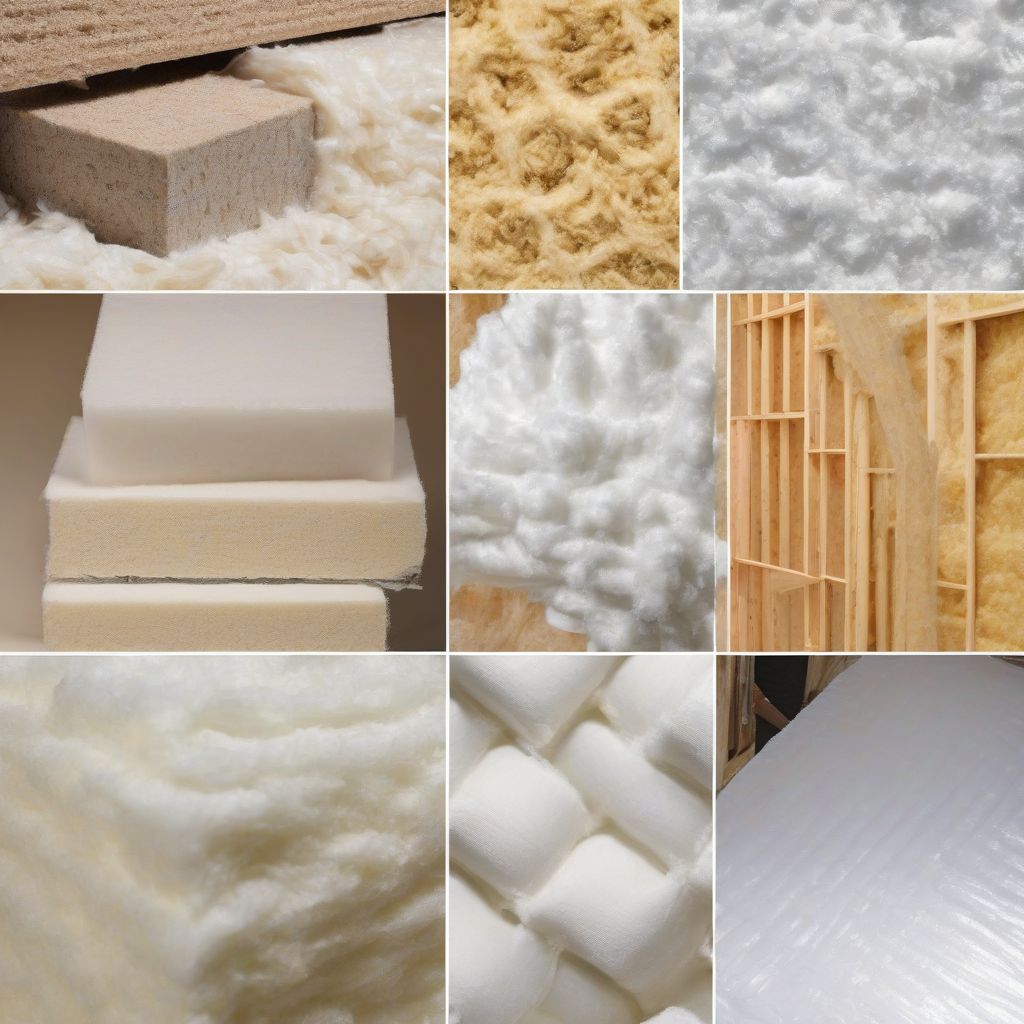Imagine this: it’s the dead of winter, and you’re nestled comfortably on your couch, a warm drink in hand. Outside, the wind howls, but inside, you’re cozy and content. This blissful scene isn’t just a dream—it’s the reality of a well-insulated home. Good insulation not only keeps you comfortable year-round but also translates into significant savings on your energy bills.
This comprehensive guide will walk you through the ins and outs of home insulation, empowering you to make smart choices that maximize comfort and minimize costs.
Understanding the Power of Insulation
Before diving into the specifics, let’s understand why insulation is a game-changer. Think of it as a warm, protective blanket for your home, preventing heat transfer. In simpler terms:
- Winter Wonderland: Insulation keeps the warm air in, so your heating system doesn’t have to work overtime.
- Summer Sanctuary: It prevents the sweltering summer heat from turning your home into a sauna.
The result? A consistently comfortable living environment and a much lighter impact on both your wallet and the environment.
Identifying Areas Ripe for Improvement
The first step is to pinpoint the areas in your home where insulation is lacking or could be enhanced. Common culprits include:
- Attic: Heat rises, making the attic a prime suspect for energy loss.
- Walls: If your home feels drafty or has cold spots, wall insulation is likely the issue.
- Floors: Cold floors, especially above unheated spaces like garages, are a telltale sign of inadequate insulation.
- Windows and Doors: Drafty windows and doors can significantly impact energy efficiency.
Exploring Insulation Options
Just like choosing the right winter coat, selecting the appropriate insulation for your home is crucial. Here’s a breakdown of popular options:
1. Batt Insulation
- Description: Made of fiberglass, mineral wool, or cotton, it comes in pre-cut batts or rolls.
- Best For: Attics, floors, and walls, especially new construction or DIY projects.
2. Blown-in Insulation
- Description: Loose-fill insulation made of fiberglass, cellulose, or mineral wool, blown into place using a specialized machine.
- Best For: Attics, hard-to-reach areas, and filling existing wall cavities.
3. Spray Foam Insulation
- Description: Two-part liquid that expands into a foam, creating an airtight seal.
- Best For: Sealing cracks, gaps, and irregular spaces, ideal for air sealing.
4. Rigid Foam Insulation
- Description: Dense foam boards that provide excellent insulation and structural support.
- Best For: Exterior walls, basements, and roofs, often used in new construction or major renovations.
 Types of Home Insulation
Types of Home Insulation
DIY vs. Hiring a Pro: Making the Call
While some insulation projects are DIY-friendly, others require the expertise of a professional contractor. Here’s a guide to help you decide:
- DIY: Batt insulation in attics or unfinished basements can be tackled by homeowners with basic skills.
- Professional Help: Blown-in, spray foam, and rigid foam insulation often require specialized equipment and expertise, making professional installation a safer and more effective option.
Sealing Air Leaks: The Unsung Hero
Insulation goes hand-in-hand with air sealing. Even with adequate insulation, air leaks can undermine your efforts. Here’s how to tackle them:
- Caulk It Up: Use caulk to seal cracks and gaps around windows, doors, and baseboards.
- Weatherstripping Wonders: Apply weatherstripping to doors and windows to prevent drafts.
- Foam Sealant Power: Use expanding foam sealant to fill larger gaps and holes around pipes and electrical outlets.
The Financial Perks: Reaping the Rewards
Investing in home insulation isn’t just about comfort—it’s about significant cost savings over time:
- Lower Energy Bills: A well-insulated home reduces the workload on your heating and cooling system, resulting in lower energy consumption and bills.
- Increased Home Value: Energy efficiency is a major selling point, increasing your home’s value and appeal to potential buyers.
- Environmental Responsibility: Reducing your energy consumption lowers your carbon footprint, contributing to a greener planet.
Key Considerations Before You Begin
Embarking on an insulation project requires careful planning and consideration. Here’s what to keep in mind:
- Climate Control: The type and amount of insulation you need will depend on your local climate and the R-value requirements for your area.
- Budget Wisely: Determine your budget and prioritize areas that will yield the most significant energy savings.
- Professional Expertise: Consult with a qualified insulation contractor for an energy audit and expert recommendations tailored to your home’s needs.
Conclusion: Embrace Comfort and Savings
Improving your home insulation is an investment that pays dividends in comfort, cost savings, and environmental responsibility. By understanding the different types of insulation, identifying areas for improvement, and taking action, you can create a home that’s a haven of comfort year-round while keeping your energy bills in check.
Remember, a well-insulated home is a happy home!
[amazon bestseller=”home insulation”]
